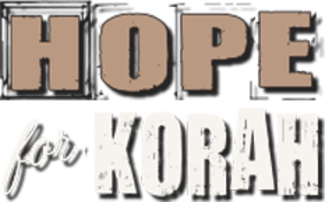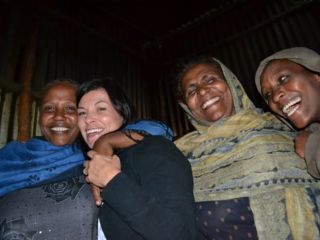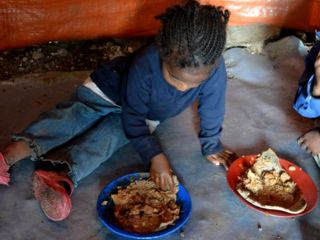One of my favorite things to do when I’m in Korah, is to spend time with the ladies who work behind the scenes at the Children’s Shelter, cooking for the many children and elderly lepers who come to eat there.
These women have so much spunk and they are a lot of fun! We have shared much laughter, as we try to communicate with lots of hand gestures and a few broken English and Amharic words – big smiles and warm hugs. Whenever I am in the vicinity, they often motion for me to come into their kitchen area to sit with them. They love to teach me about their language and culture and I love learning. One of our memorable times together is when they taught me how to make injera.
Injera is a traditional and national dish in Ethiopia. It is a yeast- risen flatbread that has a slightly spongy texture and is made out of teff flour. Injera is eaten daily in most Ethiopian households, unless as in Korah, one is too poor to purchase the teff.
Preparing injera requires considerable time and resources as teff is a relatively expensive, iron-rich grain and is required to make the flour. In preparation, the teff flour is mixed with water and allowed to ferment for several days, as with sourdough starter. As a result of this process, injera has a mildly sour taste.
The bread is cooked on a large, black, clay plate over a fire. The bottom surface of the injera, which touches the clay plate will have a smooth texture, while the top will become porous. This porous structure allows the injera to be a good bread to scoop up sauces with, as is shown in the photo of the little girl below.









